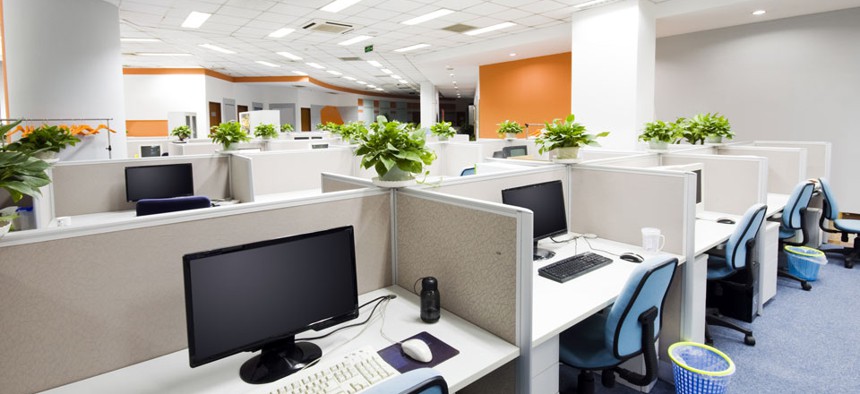
06photo/Shutterstock.com
Changing Your Office Layout Affects Its (Bacterial) Culture
There are way more bacteria in your office than people, so make sure you pick a good crowd.
The way we design and use the buildings we work in has a big impact on the bacteria that share the space with us. And understanding that connection will help architects create environments that are ideal on a microbial scale.
A new study published in online journal PLoS—the second of three on the subject of building design and bacterial activity—examined the dust in the University of Oregon’s Lillis Business Complex, a 10-year old building with 155 rooms and a wide range of uses. It found that two factors greatly affected the bacterial population of each room: How the room was ventilated, and its distance from its closest neighbor.
When you look at two ecosystems—two distinct islands, for example—the closer they are, the more ecologically similar they are. “One of the coolest things about this paper,” ecologist and bioinformatics researcher James Meadow told Quartz, “is that the building behaved the same way any ecosystem would.” The researchers measured the length of hallway between rooms, and found that rooms of different kinds (a kitchen and a bathroom, for instance) could, if sufficiently near each other, be more similar in microbial terms than two rooms of the same kind (e.g., two kitchens) on opposite sides of the building.
Ventilation, unsurprisingly, also turned out to influence what critters were in the room’s dust. “When you open up a room over a weekend, it cleans out the stale air that people leave behind,” Meadow said. “When you’re in a place where you can keep the windows open year round, especially, you end up with more bacteria from plants and soil in the room.” If the room isn’t aired out regularly, he said, microbes associated with humans dominate.
Which is preferable? We don’t know yet. “In a hospital,” Meadow said, “the answer is much more clear—without good ventilation, you get the bacteria that hang around sick people dominating the room, and that leads to problems.” But in an office full of healthy workers, inhaling your neighbor’s microbes may not necessarily a bad thing. In fact, you get some of your most beneficial microbes from some weird places: People who own dogs borrow canine bacteria that help aid digestion and the immune system, Meadow said.
For now, there’s no complete list of “good” and “bad” bacteria for humans to live in, Meadow said. But that sort of information is on its way, and when the time comes, we’ll have a template for how to design bacteriologically optimal work (and home) habitats. You can find out more about the project’s three studies in this TED talk.
(Image via 06photo/Shutterstock.com)
NEXT STORY: Feel Like Your Work Doesn't Matter?






